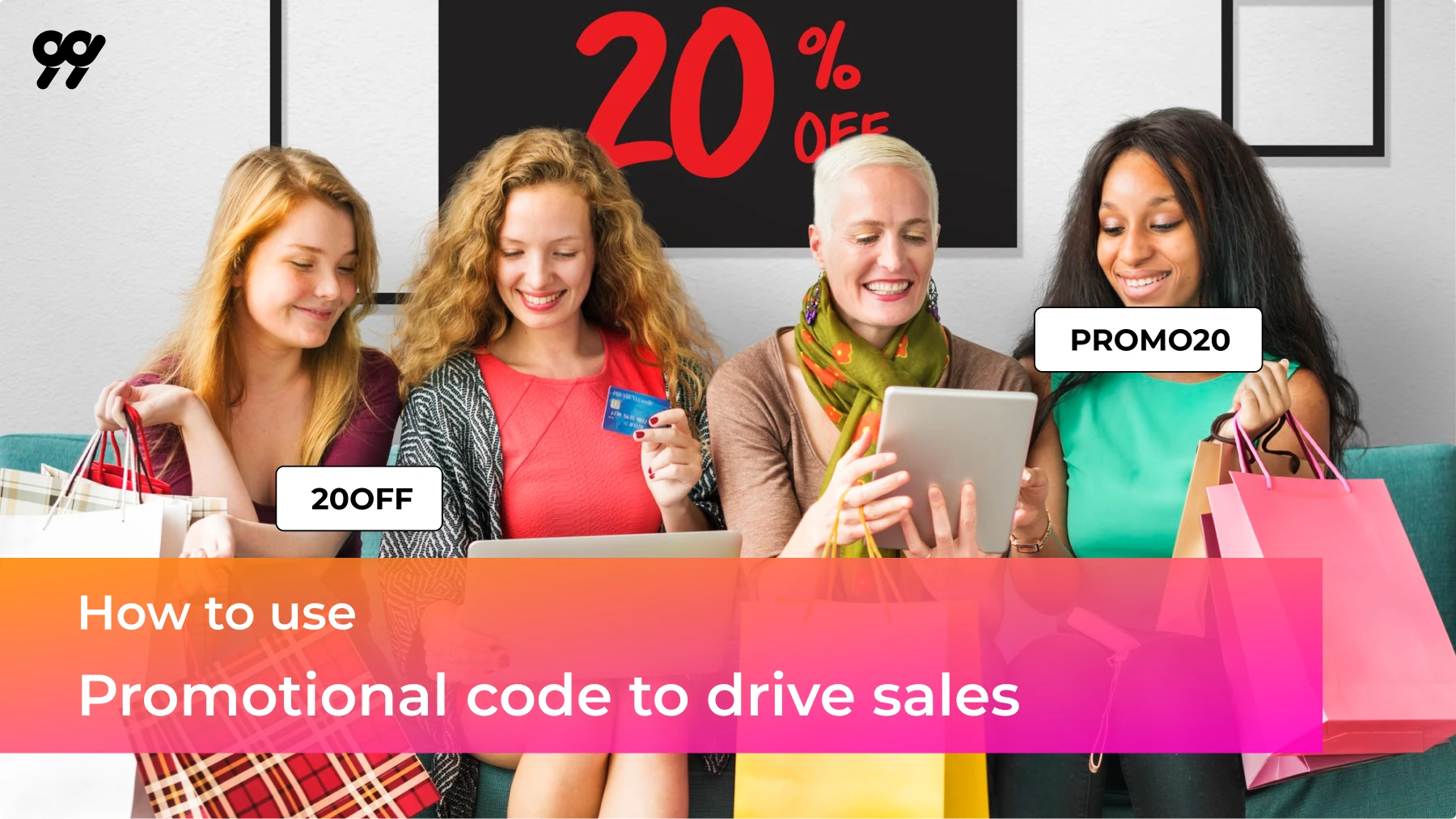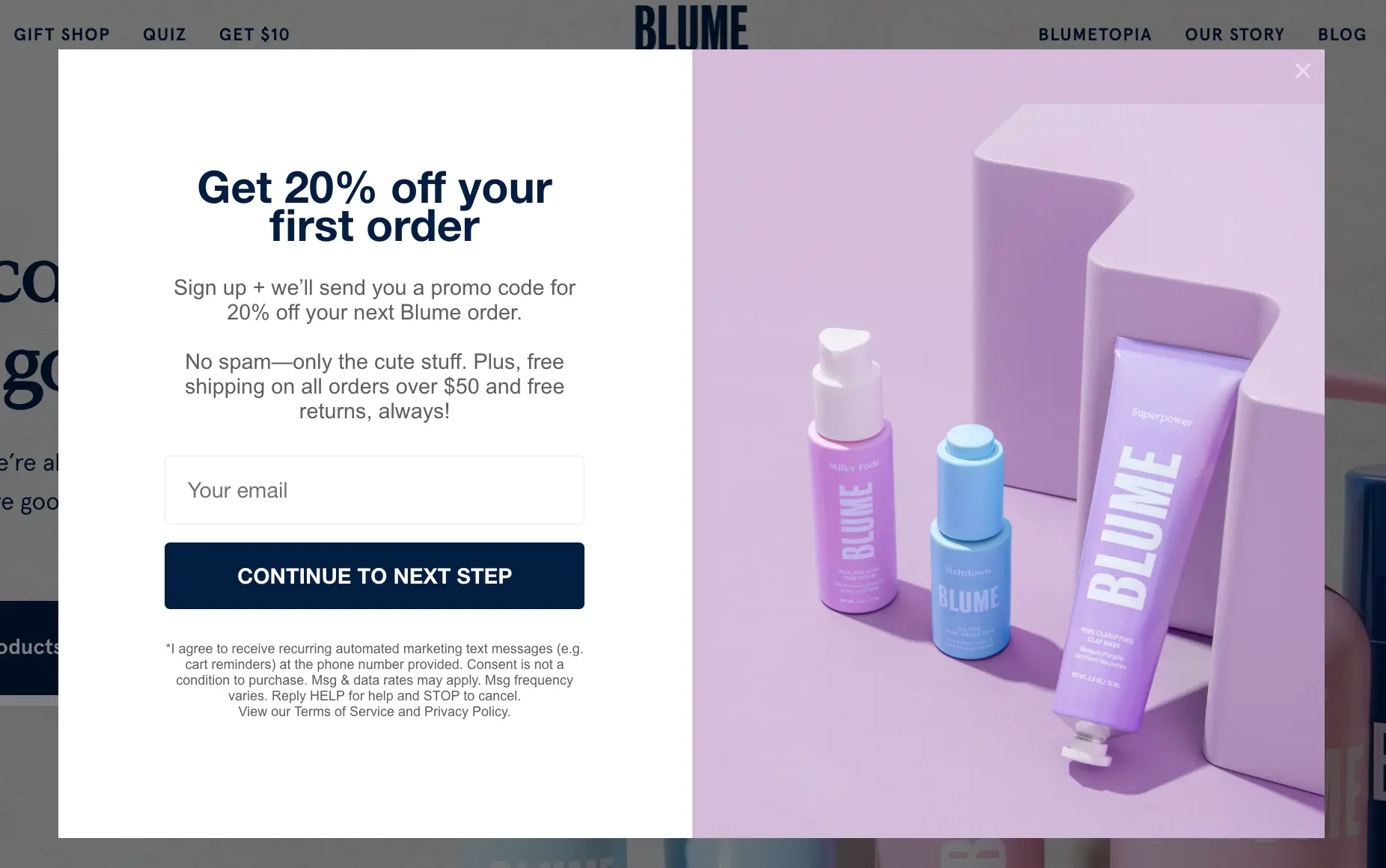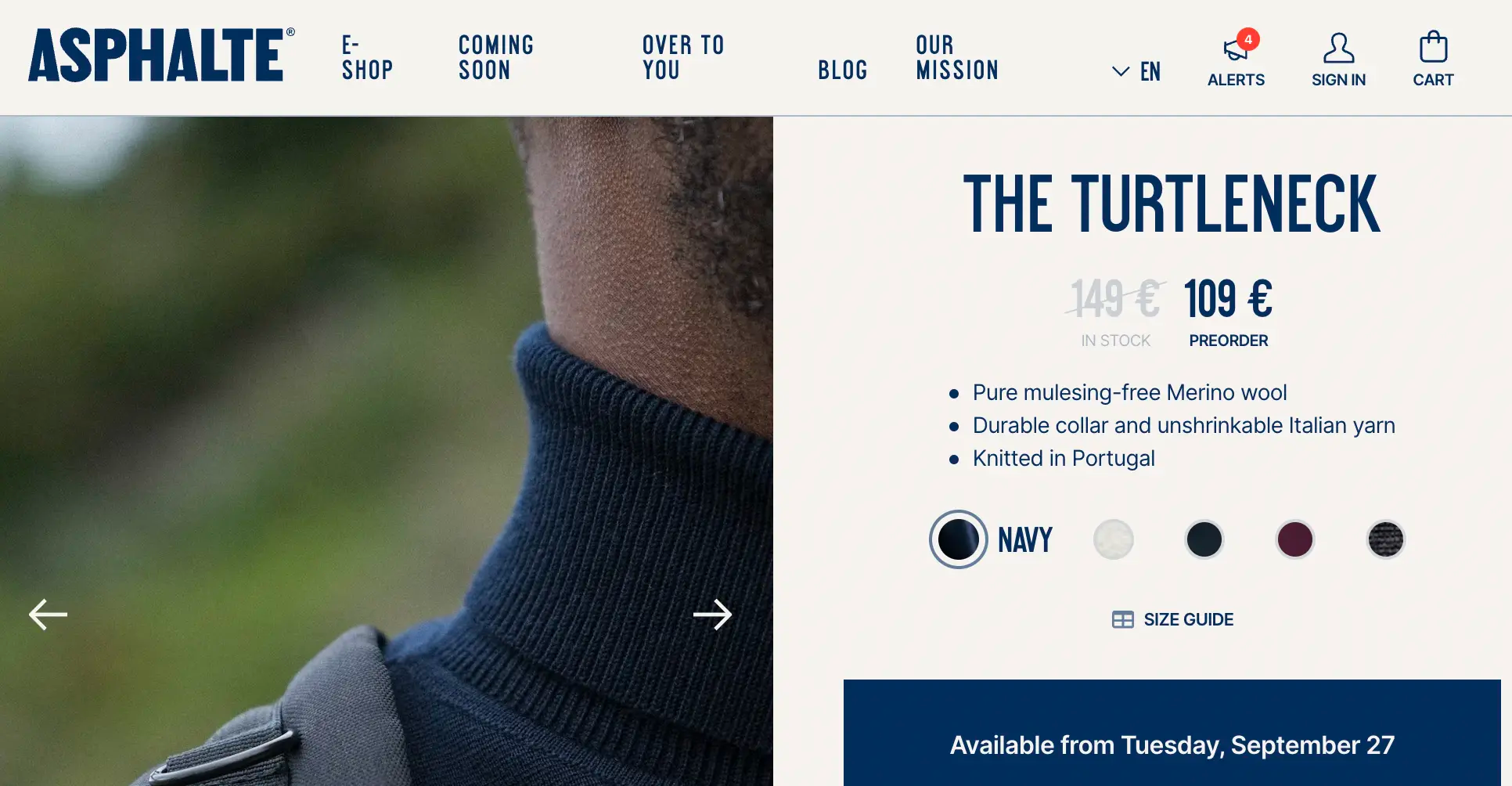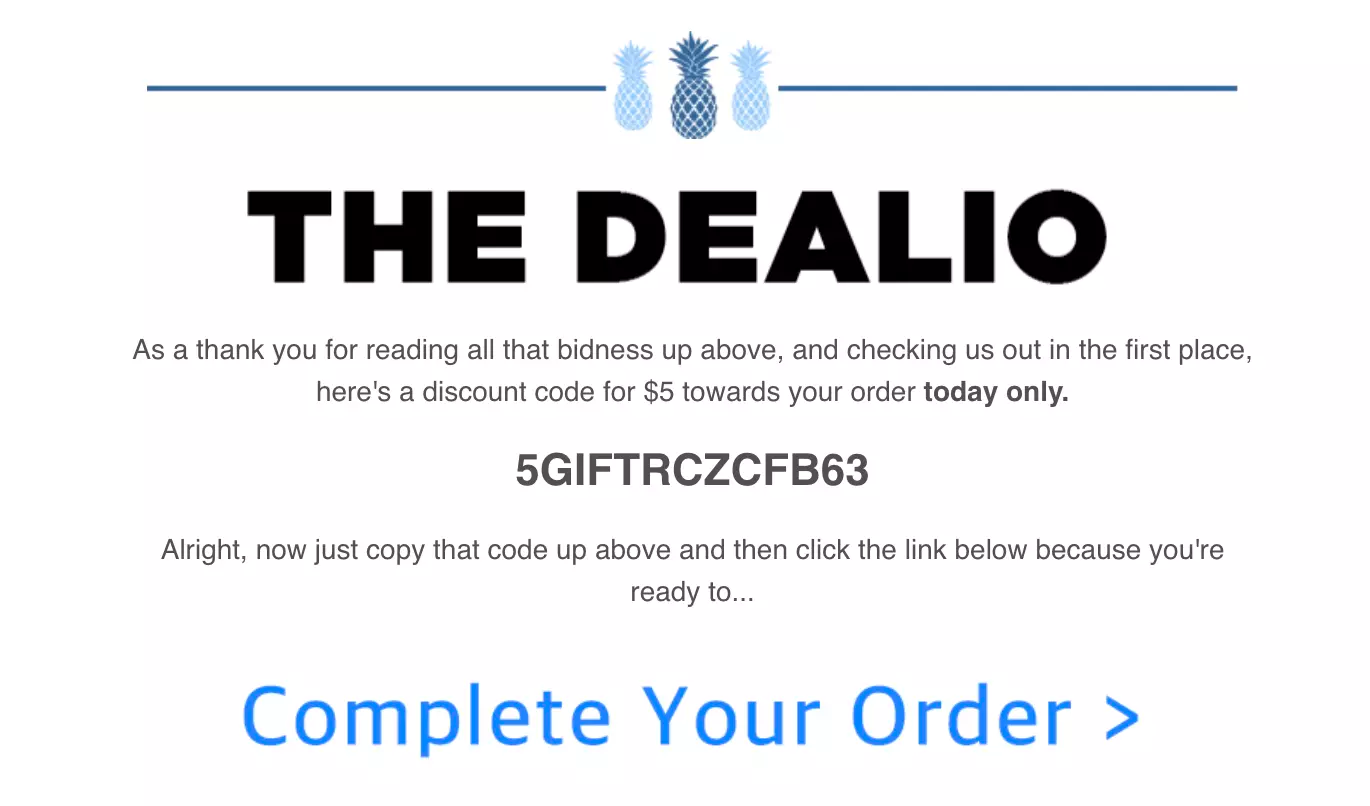
PRAVIN KAMBLE

Before making an online purchase, most of us instinctively search for a promotional code to lower the total cost or score a freebie. This behavior is universal, and it’s why eCommerce sites should capitalize on the power of promotional codes. Research shows that 92% of shoppers use promo codes at least once a year, influencing over 50% of purchases. In this article, we’ll dive into how promotional code works, the various types available, and the benefits they offer to both businesses and customers.
Table of Contents:
A promotional code or promotion code is a unique combination of numbers and letters that provides special discounts or perks to customers. While similar to coupon codes, promotional codes offer more than just price reductions—they can unlock buy-one-get-one-free offers and other exclusive deals. They are effective tools for attracting new customers with attractive discounts and providing existing customers with value on their favorite products.

A promotional code or promotion code can offer discounts either as a percentage off the total price or a specific dollar amount. In addition to cost reductions, these codes can provide benefits like free shipping or gift wrapping, giving customers more incentive to make a purchase.
Microsoft defines a promotional code as a unique mix of numbers and letters used for targeted marketing campaigns, such as holiday promotions. Understanding what is a promotion code and how to strategically use it can significantly enhance your marketing efforts and attract more customers.
A promotional code offers various benefits, such as a percentage discount or a set dollar amount off purchases. Additionally, it can provide perks like free shipping or gift wrapping, making it a powerful tool to boost sales and brand loyalty. For example, during a holiday sale, an online clothing store might offer a promotional code like “HOLIDAY20” that gives customers 20% off and free shipping. Knowing what a promotion code is and how to utilize it effectively can greatly enhance your marketing strategy and customer engagement.
When a store offers a promotional code, it provides customers with an incentive to purchase, benefiting both parties. Shoppers can get their desired items at a reduced cost, while businesses see an increase in sales. Promotional codes are effective for both new and returning customers, enhancing the shopping experience.
According to the Center for Neuroeconomics Studies at Claremont Graduate University, using a promotion code can trigger a significant rise in oxytocin levels, a hormone linked to happiness. This means that receiving a promotional code can be more satisfying than getting a gift, making them a powerful tool in eCommerce marketing.

Clearly outline the details of your promotional code to ensure customers understand the offer. Popular promotion types include:
When creating a promotional code, ensure the discount or offer doesn’t negatively impact your business’s profitability. Calculate all related costs, such as wholesale prices, labor, real estate, equipment, and taxes, before deciding on the discount amount. This prevents offering promotion codes that might be too generous and affect your revenue.
Understanding what is a promotion code and strategically setting its value ensures you can attract customers without compromising your bottom line. This balance is key to running successful promotions that benefit both your business and your customers.
To manage your budget effectively and prevent overuse, set clear rules on how often a promotional code can be applied by each customer. You might also consider restricting the promotion code to specific items, categories, or brands to boost sales in targeted areas. Defining these parameters helps control the impact of your promotion and ensures it aligns with your overall marketing strategy. Understanding what is a promotion code and how to set limitations is crucial for maximizing its effectiveness without compromising profitability.
The concept is straightforward: promotional codes are given to first-time visitors who haven’t yet made a purchase. These promotion codes are effective in converting new customers and building your email list. They serve as an incentive for first-time buyers, aiding in customer acquisition.
Examples of promotional codes for first orders:
WELCOME10
NEW15
HELLO5
FIRSTBUY20
STARTSHOPPING20
Tips:
Example: A welcome popup on Blume’s site converts 5% of visitors using a first-order promotion code.

Eliminating shipping costs can significantly increase eCommerce sales by removing a common purchase barrier. Offering promotional codes like “FREESHIP150” for free shipping on orders over a certain amount encourages larger purchases. This strategy appeals to both new and returning customers by reducing perceived risks associated with returns.
Tips:
Implementing these promotion codes can enhance the shopping experience and improve conversion rates.
If your business handles pre-orders or runs pre-launch marketing campaigns, offering a promotional code for these early adopters can be an excellent strategy. By providing a promotion code, you can incentivize customers to secure their purchase before the product is officially released.
Tips:

This strategy involves sending a promotional code to encourage customers to complete their purchase, particularly when they abandon their carts due to unexpected costs. This method is widely used to recover sales and minimize cart abandonment rates.
Tip:

Promotional codes are a powerful tool for boosting sales, attracting new customers, and enhancing customer loyalty. By offering discounts, free shipping, or exclusive deals, businesses can create compelling incentives that drive conversions and repeat purchases.
For an efficient and user-friendly way to implement promotional codes and other loyalty strategies, consider using 99minds. Their platform offers seamless integration and customization options to elevate your marketing campaigns and grow your business effectively.